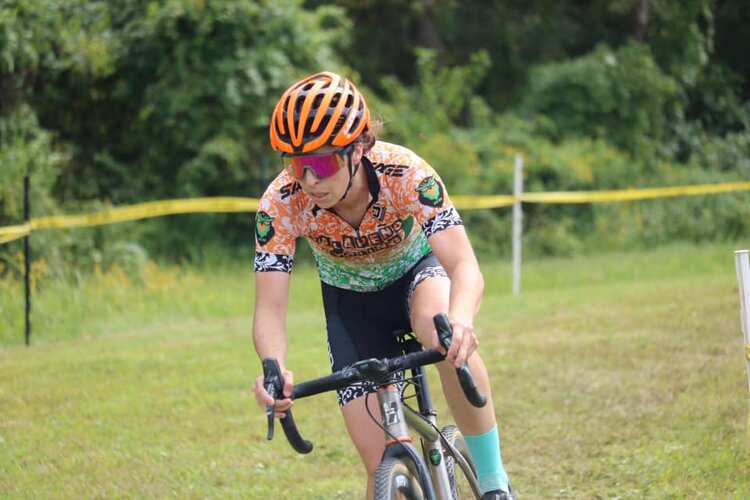Whirlybird Cross was our 2019 development cyclocross team’s first race! Most of our teammates were going to be out racing, and we were really excited for them to experience cyclocross. Today, Kathryn Cumming shares her thoughts from the kickoff races of her season, and finding a way of measuring your success in the early goings.
by Kathryn Cumming
The energy was high as Andrew and I hopped in the car on Sunday morning, but I knew I needed to pace myself throughout the day if I wanted to have a good race.
I feel fortunate to have so many good friends and teammates present at local races, but I can get distracted and end up feeling rushed or a little drained before I even hit the start line. To avoid this, I outlined a race day schedule to make sure I ate, pre-rode, and warmed up when I needed, and I spent most of my time cheering from our team tent rather than running around the course.
After our teammates finished racing, I snuck away to my car to prepare. In order to gain energy for races, I need to have some time to myself, and I enjoy quiet time when I am riding the trainer. My legs and mind felt good and I was looking forward to the race.
The course was going to be fun. It was shortened from previous years and removed a section of woods. I found the updated version to be more engaging. The shorter course meant you spent more time riding near the spectators and announcer, providing more of an event atmosphere rather than feeling like you were riding alone in a grass field all afternoon.
I also appreciated the grass corners. Everyone could ride the corners without concern of crashing, but time was gained or lost depending on how the corners were approached. Racers were rewarded for choosing good lines, but beginners felt totally safe and comfortable on course.
Local races have a much more relaxed atmosphere around the start line than UCI races. As we lined up, friends were chatting and telling jokes.
After the whistle, I found my pedal pretty quickly and saw an opening to jump between Stacey Barbossa and Vicki Barclay. This put me on the wheel of Lauren Festa heading into the first corner. The turn brought us on to a wide open grass straightaway and I jumped past Lauren on the right. I was on the front with the goal of being first into the upcoming off camber, barriers, and 180 degree corners. I wanted to choose my lines and ride my own race rather than entering into a tactical battle. My power numbers have been steadily improving and I wanted to put the fitness to use!
Early on I kept telling myself “smooth, smooth, smooth, ATTACK!” I wanted to corner well and then push the pace as soon as I hit a straightaway. My gap grew to about seven seconds on lap one and I set out to increase this on lap two. I followed the same approach of pushing the straightaways and climbs with the objective of being out of sight of my chaser, Stacey Barbossa, at certain points on course. Racers often look at courses in short sections, and if you can already be through one of these sections before the next racer enters, the gap seems larger than it is.
My lead continued to increase and I started using heart rate numbers as a motivator. My goal was to stay above 180 bpm. The overall intensity of GO Cross in Roanoke had a positive brainwashing effect on me. After hitting 195 bpm both days, riding along at 180-182 bpm felt really sustainable.
This season I have started racing with my heart rate displayed on my bike computer. In the past, I would usually tuck my computer in my jersey pocket and check the data after the race, however, I am finding a heart rate reference is helpful in pacing. In Roanoke, when it was hot and the field was incredibly fast, I used heart rate to ensure I did not blow up. At Whirlybird my heart rate numbers served two purposes: early on I knew I could keep pushing because my heart rate was at a manageable number, and then once I had a good gap, I used heart rate to ensure I did not let off the intensity.
During the last few laps I focused on cornering well and having fun. I ended up rolling across the line in first with a little over a minute to second place. With good weather and lots of friends around, it was an awesome day to be racing!
Being able to grab the win at Whirlybird provided a nice confidence boost after Roanoke. I knew the Roanoke UCI races would not be my best results for many reasons, but I was left wanting more. Whirlybird confirmed my training is paying off and has me excited for the rest of the season!
Three races into the season, I am most excited about the improvement in my starts. I have made significant gains in my top end power, but my start line mentality has made the biggest jump. I used to stand at the start line thinking about what could go wrong. Last season before I went to the World Cup in Bern, Switzerland, Andrew spent some time coaching me to take control of my starts. I had a bad habit of waiting and reacting to swarming fields and chaotic starts, and he helped train me to be aggressive and forecast gaps that could be taken. He encouraged me to get excited about starts rather than being scared. I had a few friends who helped me further train these skills all summer, and now I am looking for openings and trying to set a new five second power record every time I am on course. I know not every start will be perfect, but it is nice to head into a race with this more aggressive mindset.
This weekend I am heading to Colorado for my annual hiking trip with my mom! Once I am back, more local racing is on the schedule for September, then we will head into a big UCI racing block in October.




